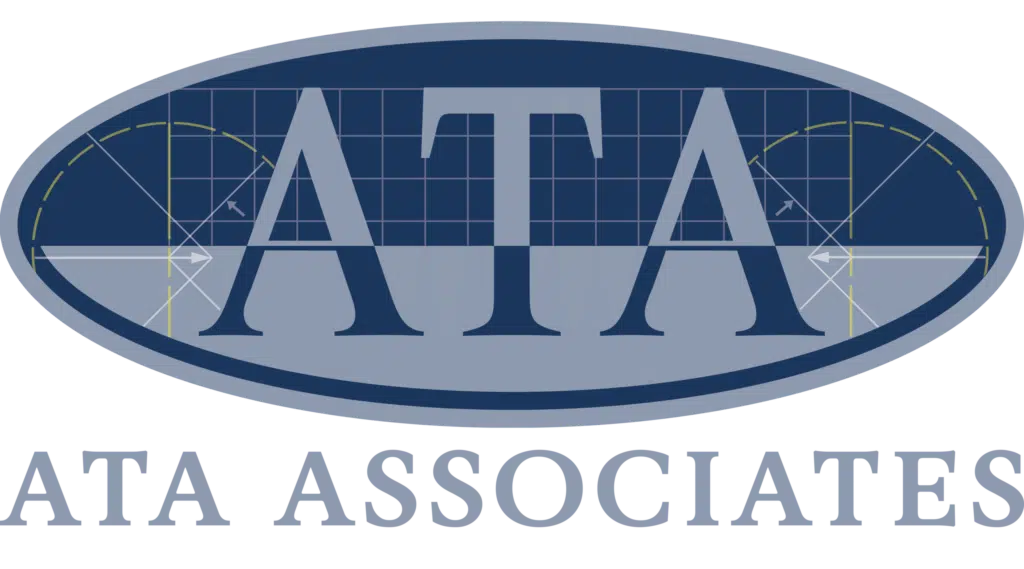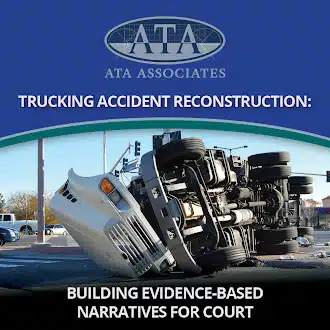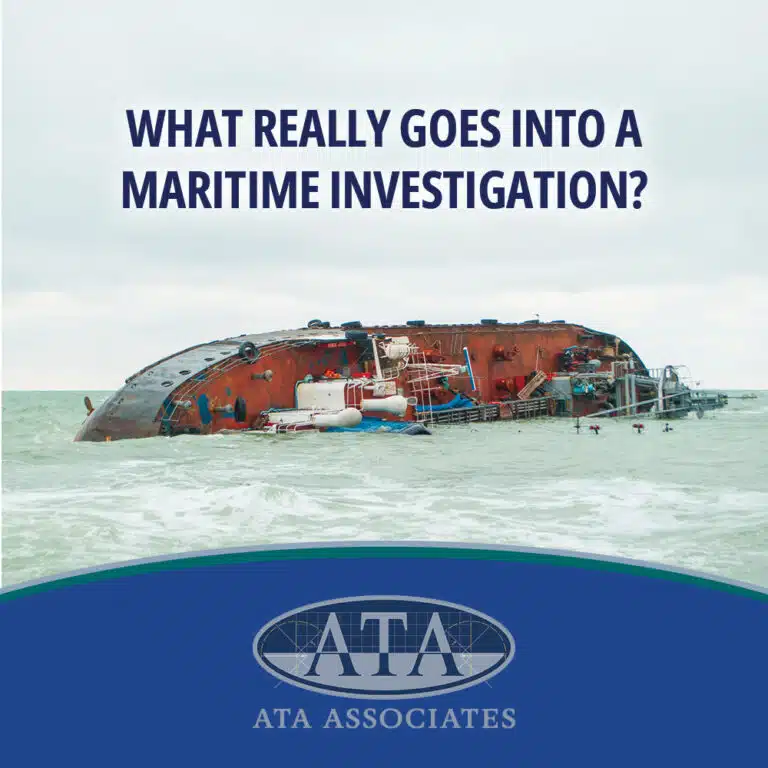When a commercial truck is involved in a crash, the consequences are often devastating. Multiple vehicles, significant cargo, and major highways can all be impacted. For attorneys, insurers, and corporations, understanding exactly what happened requires more than assumptions. This is where trucking accident reconstruction provides a clear, evidence-based approach to uncovering the truth and presenting it effectively in court.
Why Trucking Accident Reconstruction Matters
Trucking accidents differ from passenger vehicle crashes. Large trucks take longer to stop, carry heavy loads, and have more complex mechanical systems. According to the Federal Motor Carrier Safety Administration (FMCSA), large trucks were involved in over 168,000 crashes that caused injuries in 2022.
With so much at stake, relying only on witness statements or surface-level reports isn’t enough. Trucking accident reconstruction provides the detailed analysis needed to establish liability, explain contributing factors, and build narratives supported by measurable evidence.
Methods Used in Trucking Accident Reconstruction
Specialized methods are necessary when analyzing commercial truck crashes. Experienced experts use a combination of fieldwork, data collection, and advanced modeling to create accurate reconstructions. Common methods include:
- Scene Documentation and Forensic Mapping
Skid marks, debris, and roadway conditions are captured through laser scanning, drone imaging, and photogrammetry. This creates precise digital models of the accident site. - Event Data Recorder (EDR) Analysis
Many trucks include electronic control modules (ECMs) that record data such as speed, braking, and throttle position. Retrieving this data provides insight into the truck’s performance just before impact. - Vehicle and Mechanical Inspections
Inspections of braking systems, tires, and maintenance records determine whether equipment failure played a role in the accident. - Human Factors Evaluation
Driver fatigue, distraction, and reaction times are often considered to understand how human behavior influenced the outcome. - 3D Animations and Computer Simulations
Experts use advanced software to recreate the sequence of events. These visual presentations translate complex data into narratives that judges and juries can easily understand.
Building Clear Narratives for Court
The ultimate goal of trucking accident reconstruction is clarity. Courtroom decision-makers don’t always have technical backgrounds, so evidence must be presented in a way that is both accurate and easy to follow. By combining physical data, digital modeling, and professional expertise, reconstruction specialists transform technical findings into clear, compelling stories.
In trucking cases, this might include demonstrating braking distances, showing how cargo weight affected stopping power, or explaining how speed and roadway conditions contributed to the crash. Evidence-based narratives not only strengthen arguments but also provide courts with reliable information to base their judgments on.
Final Thoughts
Trucking accidents present unique challenges that require specialized analysis. By using proven methods, trucking accident reconstruction provides clarity, reliability, and fact-based support in litigation. Attorneys, insurers, and corporations gain confidence knowing their case rests on sound evidence rather than speculation.
Contact ATA Associates today to learn how our experts can support your trucking litigation with clear, evidence-based accident reconstruction.




